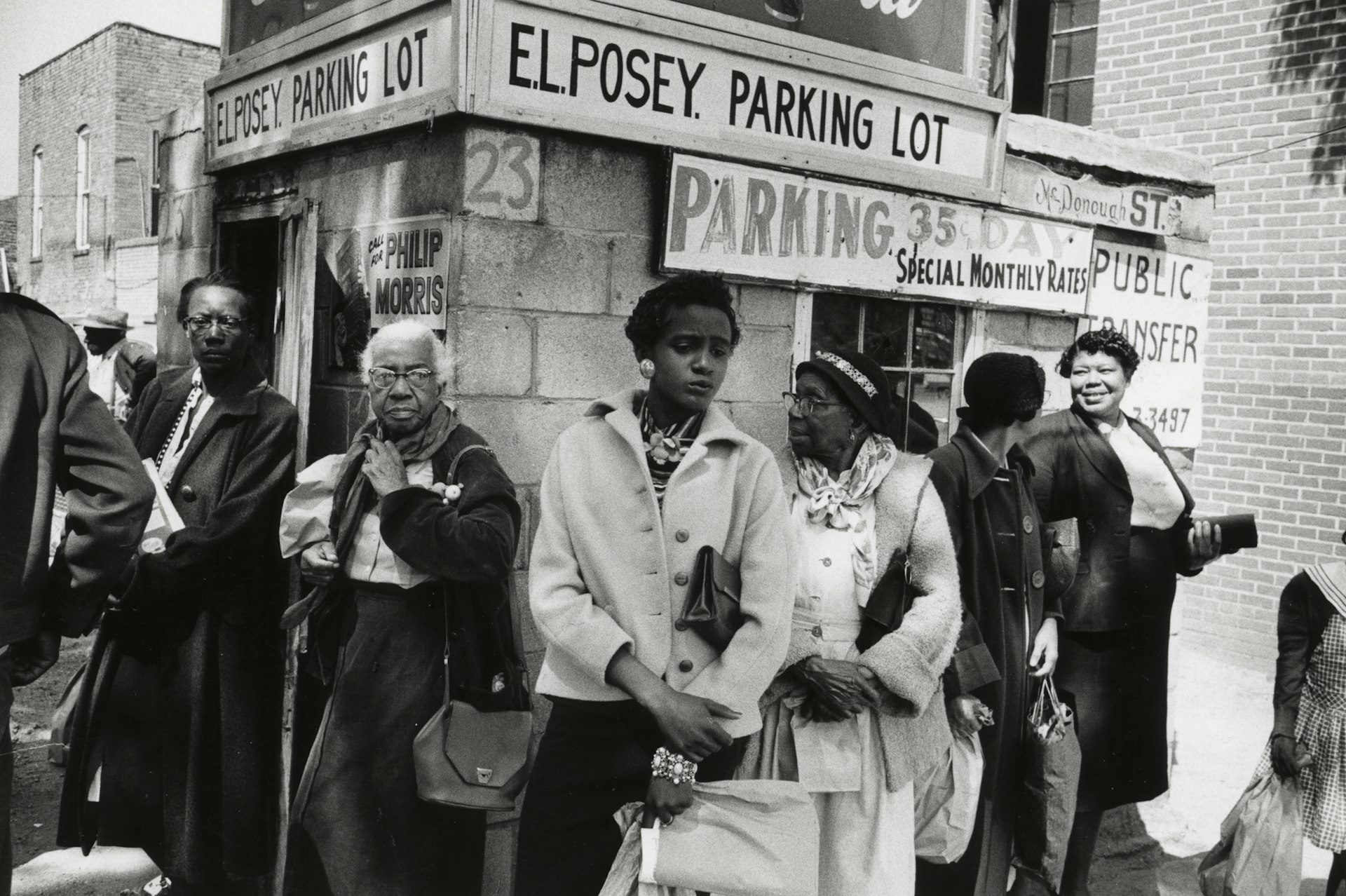A cinematic portrait of India in the 1970s and ‘80s
- Text by Miss Rosen
- Photography by Mitch Epstein

Coming of age in mid-century America, photographer Mitch Epstein was drawn to the mysticism and majesty of Indian culture. At Woodstock, he saw Ravi Shankar play sitar. In the work of Henri Cartier-Bresson, he was transported half way around the globe. After seeing film clips of the Beatles visiting the Maharishi Mahesh Yogi, Epstein paid $35 to be initiated into Transcendental Meditation in Schenectady, New York.
But it wasn’t until he met filmmaker Mira Nair, his girlfriend and later wife, that Epstein made the journey for himself. Between 1978 and 1989, Epstein took eight extended trips to India. “I was thrust into an unfamiliar world and in a healthy way, it was disorienting. I had to learn a new cultural language and build on it along the way,” Epstein says.

“That was humbling because I grew up in an era of great privilege and opportunity and took it for granted to a certain extent. Putting myself into a world that wasn’t my own compelled me to let go of some of my perspectives as an American.”
Over a decade, Epstein amassed an archive of thousands of photographs made while collaborating with Nair on the films So Far From India, India Cabaret, and Salaam Bombay!. In 1987, Epstein published the work in the Aperture monograph, In Pursuit of India. But the story wasn’t over.
“I realised that there were a lot of pictures I passed over,” he says. “I didn’t have the emotional and intellectual detachment that would have served me better in terms of editing the work and clarifying what it what it meant to me at the time.”

During lockdown, Epstein returned to his archive to revisit this extraordinary body of work to create the sumptuous new book, In India (Steidl). Neither native nor tourist, Epstein’s cinematic images offer an expansive look that embodies aspects of romanticism and realism at the same time.
“Being married to an Indian, being part of an Indian family, and having a sense of the meaning of things put me in a unique position to build pictures that were layered with meaning and references to people of the culture,” Epstein says.
“At the same time I had because I wasn’t encumbered by the hierarchies built into Indian systems. As an American I have to work to detach myself from the things I was taught to believe. As an artist, I’m always wrestling against preconceptions. In India I felt this freedom to navigate between all the different worlds.”

Decidedly not a travelogue or exotic pictorialisation of the East, In India is instead a cinematic romp through a multifaceted universe. “I didn’t see myself as an ethnographic documentarian. It’s not definitive in any way,” Epstein says.
“It’s much more personal. India was transformative in getting me away from America – destabilising me in a certain sense. I veered off and didn’t follow the expected path, which make me into a person with a different view of things.”




In India is out now on Steidl.
Follow Miss Rosen on Twitter.
Enjoyed this article? Like Huck on Facebook or follow us on Twitter.
Latest on Huck

How Labour Activism changed the landscape of post-war USA
American Job — A new exhibition revisits over 70 years of working class solidarity and struggle, its radical legacy, and the central role of photography throughout.
Written by: Miss Rosen

Analogue Appreciation: Emma-Jean Thackray
Weirdo — In an ever more digital, online world, we ask our favourite artists about their most cherished pieces of physical culture. Today, multi-instrumentalist and Brownswood affiliate Emma-Jean Thackray.
Written by: Emma-Jean Thackray

Meet the shop cats of Hong Kong’s Sheung Wan district
Feline good — Traditionally adopted to keep away rats from expensive produce, the feline guardians have become part of the central neighbourhood’s fabric. Erica’s online series captures the local celebrities.
Written by: Isaac Muk

How trans rights activism and sex workers’ solidarity emerged in the ’70s and ’80s
Shoulder to Shoulder — In this extract from writer Jake Hall’s new book, which deep dives into the history of queer activism and coalition, they explore how anti-TERF and anti-SWERF campaigning developed from the same cloth.
Written by: Jake Hall

A behind the scenes look at the atomic wedgie community
Stretched out — Benjamin Fredrickson’s new project and photobook ‘Wedgies’ queers a time-old bullying act by exploring its erotic, extreme potential.
Written by: Isaac Muk

“Welcome to the Useless Class”: Ewan Morrison in conversation with Irvine Welsh
For Emma — Ahead of the Scottish author’s new novel, he sat down with Irvine Welsh for an in-depth discussion of its dystopic themes, and the upcoming AI “tsunami”.
Written by: Irvine Welsh